
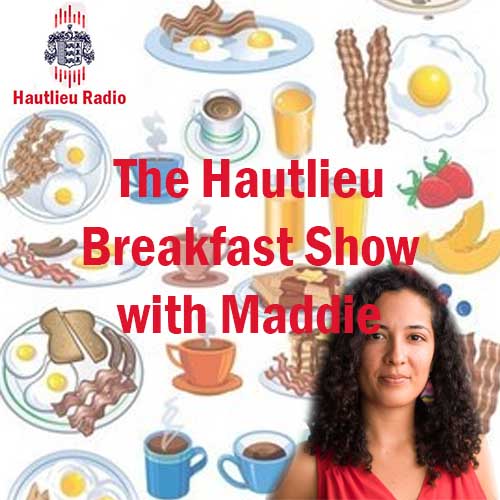


The use of a noir visual style, conventions of the police procedural and multiple narrative strands, The Killing provides a rich area of study for media language, which would form the foundation for work on the other theoretical frameworks.
The Killing was the catalyst for the wider distribution of foreign language crime programming on UK television, its unexpected success influencing BBC4’s scheduling but also that of other UK
channels. The Killing was produced the Danish national public service broadcaster DR, providing the opportunity to study PSB in a different national context.
• The regulatory framework of contemporary media, with the focus on PSB
• The Killing provides a case study for the specialised nature of media production, distribution and circulation within a transnational and global context.
• The Killing personifies a successful transnational, contemporary media product with long duration (it was broadcast in the UK nearly five years after its success in Denmark) has been shown in its original form across Europe and remade by Turkish and US TV (AMC)
• Cultural industries including Hesmondhalgh
The production, distribution and circulation of the Killing shows how audiences can be reached, both on a national and global scale, through different media technologies and
platforms, moving from the national to transnational through broadcast and digital technologies.
• The way in which different audience interpretations reflect social, cultural and historical circumstances is evident in the analysis of the series which are explicitly linked to contemporary issues – often related to gender and feminist issues
• New types of characters to construct alignment for the audience/audience positioning.
• The advertising campaigns (trailers, websites at home and abroad) for the series demonstrate how media producers target, attract and potentially construct audiences.
• Audience behaviour in response to the series – the interest in Scandinavian culture and lifestyle.
• Cultivation theory including Gerbner
• Reception theory including Hall
No Offence is a mainstream television series in which the codes and conventions of the police procedural crime drama are intertwined with aspects of social realism. Detailed analysis of this media form including the process through which media language develops as genre will provide students with an opportunity to understand and reflect on the dynamic nature of genre.
The central way into an institutional approach is to consider No Offence as a Channel 4 programme and to examine how it can be seen to fulfill the demands of its Public Service remit. No Offence can be studied in the context of Channel 4’s commitment to be innovative and distinctive.
• No Offence is an AbbottVision production, an independent company founded by the writer Paul Abbott who also wrote Shameless
• No Offence was a critical and commercial success in the UK, it was also a ratings success in France where it was shown on the national broadcast channel, France2.
• Channel 4 uses series such as No Offence to add value to the channel through the availability of the ‘box set’ on All4.
The production, distribution and circulation of No Offence shows how audiences can
be reached, both on a national and global scale, through different media technologies
and platforms, moving from the national to transnational through broadcast and digital
technologies
• No Offence was broadcast on Channel 4, can still be accessed on All4, it was also broadcast in France.
• The way in which different audience interpretations reflect social, cultural and historical circumstances is evident in the analysis of No Offence which is explicitly linked to contemporary issues.
• Audience positioning through the construction of characters who are morally ambiguous.
• The advertising campaigns (trailers, websites at home and abroad) for the series demonstrate how media producers target, attract and potentially construct audiences.
• Cultivation theory including Gerbner
• Reception theory including Hall
Hesmondhalgh
| Hesmondhalgh | Case Studies |
| Changing Audience consumption patterns | – No Offence was originally broadcast live on Channel 4 (conventional TV) now it is also on All 4 so it can be watched at any time. – The Killing is available to be streamed via Amazon Prime Video – This links to Hesmondhalgh and how we are changing the way we consume content (available anytime, streaming, compared to set times on live TV like it used to be) |
| Multi-sector integration | – No Offence was made by Abbott Vision Productions and produced by Channel 4 this is horizontal integration. Channel 4 showing No Offence on Channel 4 is vertical integration |
| Star formatting | – No Offence does not have any massive names however Alexandra Roach was growing in fame at the start of No Offence after starring in Utopia 2013-14, Once Chance (2013) and The Iron Lady (2011). Since being in No Offence she has got some lead roles in films such as 2019’s 2nd Date Sex where she is the main female role. |
What is the difference between a consumer based media regulation system and citizen based regulation system?
A consumer based media regulation system means that the content in the media is produced because it is what the consumer wants. This means that they content typically does well as it is content that is wanted; this typically increases profit.
A citizen based regulation system means the government tells media companies that they need to make certain content, i.e. news. However, the government does not dictate the media companies to make everything they want they just give certain things (again like the news) but the media also makes content for the consumer, i.e. sit-coms and Top Gear.
What impact did the 2003 Communications act have on media regulation?
Consumer based regulatory system that created the regulator Ofcom through the communications act by the labour government in 2003. The act promoted independent television production by requiring the BBC and Channel 4 to commission more content from smaller production companies. It also introduced Ofcom. Livingstone and Lunt thought the act tried to do something good however it was not strict enough and due to it being self-regulation, this meant that companies like the BBC work with a small production company you haven’t heard of (this technically applies to the act) however it can be traced back and is owned by a large media conglomerate, this does not apply to the act. The quote by Livingstone and Lunt is “little equivalent activity or accountability was forthcoming regarding actions to further citizen interests” (Livingstone and Lunt, 2012, 50)
Whats the draw back of a self-regulated system?
A self-regulated system is bad as often companies get complicates and say they look into it and actually don’t or they look at it and don’t see it as wrong. For instance, invading on the royal family/ celebrities at households to get pictures etc and this is wrong but they see it as ok. However the Leveson Inquiry started as Milly Dowler when the press got her phone and started texting her parents after she had been missing for days, this is because people would read this article however many thought this over stepped the boundary, however the self-regulated media company did not see this as wrong instead they saw it as a way to get a story to make the paper out-sell its competition.
How do you regulate media content and organisations on a global scale?
Due to the absence of government guidance organisations are left to create their own moral and ethical codes. Some companies are stricter than others allowing some papers like the guardian to be more sexually explicit. Some reasons for this are the code of conduct, audience-based factors, advertiser needs and institution-oriented factors. The only way to try to regulate the internet would be to force the search engine to regulate what is on their searches. However, it is a massive challenge to do it and for other media forms that are not on the internet it is even harder to regulate them.
| Category | Similarities in the CSPs | Differences in the CSPs | Theory |
| Characters | In No Offence and the Killing the main detectives have a ‘natural’ instinct and ethics for law and order / good and bad | In No Offence and the Killing the main detective is not the typical ‘male hero’; instead they are females that go against what their bosses say as they have a ‘natural’ instinct that they are right and their boss is wrong. | PROPP, presents the idea of STOCK CHARACTERS, inc ‘hero’, ‘false hero’, ‘princess’, ‘father figure’, ‘dispatcher’ |
| Narrative | Both start with a celebration/party (No Offence – Boss’s Bday, The Killing – Detective leaving). Both quickly introduce the case that needs to be solved. | No Offence follows the police’s POV but The Killing follows both the police’s POV as well as the family’s and friend’s effected by the case POV. | CHATMAN / FREYTAG /TODOROV |
| Themes | Both have themes of good vs bad and young vs old as the young is the effected whereas the old has to solve what happened to them. | The Killing has themes of community as everyone seems to know one another; this contrasts to No Offence where they seem to not know many. The Killing also has the theme of urban/rural as urban is safe and rural is bas as rural is where the murders occur. | LEVI-STRAUSS the use of key themes to structure stories and characters around familiar themes: family, community, law and order, justice. Often set up as binary oppositions: right/wrong urban/rural, young/old, good/bad |
| Representation | Both represent the police and the law in a good way. Both represent family as a hub that stands together to stay strong. | No Offence represents the disabled community through all the victims being down-syndrome, this is radical as most shows do not represent this community as they just want a simple story that audiences engage with to make a profit. | PIERCE / BARTHES / SAUSSURE: SEMIOTICS radical and reactionary representations of police, family, law and order, through a range of signs (visual, graphic, audio, narrative, thematic etc) |
| Technical Codes | Both use similar camera angles and shot sizes | No Offence: Setting is a city. Is more comedic with scenes like the meeting in the ladies bathroom. The lighting is also more high key. The Killing: Is set in rural and urban backdrops. The lighting is more low key but also has high key depending on the mood of the scene. | LANGUAGE OF MOVING IMAGE (music, setting, props, lighting, use of camera, editing etc) |

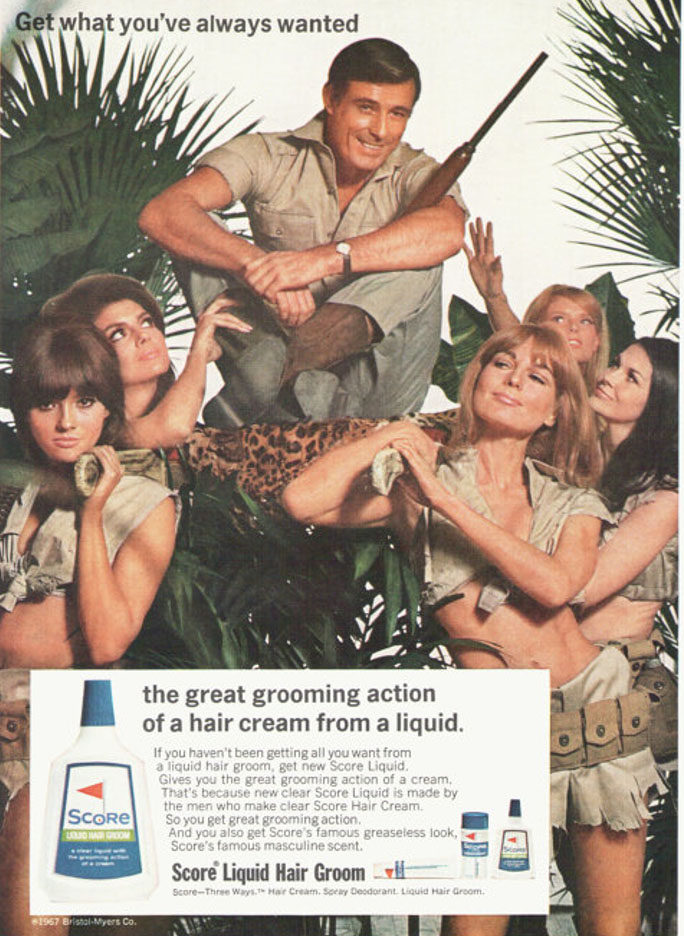
The advert was produced in 1967. 1967 can be seen as a period of change in the UK with legislation on (and changing attitudes to) the role of women and men in society. Produced in the year of decriminalisation of homosexuality and three years before the 1970 Equal Pay Act, the representation of gender could be read as signalling more anxiety than might first appear. The reference to colonialist values can also be linked to social and cultural contexts of the ending of Empire. The contraceptive pill was introduced around this time.
It is important to know the context when studying the advert as the representations depicted in the advert can be read as signalling more anxiety than might first appear. The advert may be trying to reinforce traditional stereotypes and traditions at the time in order to calm those individuals who did not like the drastic changes that were occurring.
http://areejsmediablog1.blogspot.com/2018/03/advertising-score-case-study-and-wider.html
Hyper-masculinity in advertising
Hyper-masculinity is defined as: a psychological term for the exaggeration of male stereotypical behaviour, such as an emphasis on physical strength, aggression, and sexuality.
Advertising in the 1950s-1980s often featured a hyper-masculine representation of men and some representations in the media still do this today.
Gelfer: Changing masculinity in advertising
Joseph Gelfer, a director of masculinity research, suggests that the way masculinity is represented in advertising is changing. Looking at advertising over the last 20 years:
“Previously, masculinity was mostly presented in one of two ways: either a glamorous James Bond-style masculinity that attracted ‘the ladies’, or a buffoon-style masculinity that was firmly under the wifely thumb.
Thankfully, and somewhat belatedly, things are beginning to change.” (Gelfer, 2017)
Gelfer: Five stages of Masculinity
Gelfer suggests there are five stages of masculinity – how people perceive and understand what it means to be a man.
Stage 1: “unconscious masculinity” – traditional view of men
Stage 2: “conscious masculinity” – as above but deliberate
Stage 3: “critical masculinities” – feminist; socially constructed
Stage 4: “multiple masculinities” – anyone can be anything
Stage 5: “beyond masculinities” – it doesn’t exist
Jean Kilboure
Jean Kilboure is an activist in changing the image of women portrayed in the media.

“Indeed the very worst kind of man for a women to be in an intimate relationship with, often a truly dangerous man, is the one considered most sexy and desirable in the popular culture.”
― Jean Kilbourne, Can’t Buy My Love: How Advertising Changes the Way We Think and Feel
“Children growing up today are bombarded from a very early age with graphic messages about sex and sexiness in the media and popular culture.”
― Jean Kilbourne, So Sexy So Soon: The New Sexualized Childhood, and What Parents Can Do to Protect Their Kids
https://www.goodreads.com/author/quotes/27499.Jean_Kilbourne
Behaviour conditioning first thought of by B.F. Skinner. He said that we can change behaviour. He got pigeons to read by giving them an instruction through a word, they learnt to do what the word said as if they did they got a reward (food). The gives a fake idea of free will as he puts it “the fiction of free will” which suggests that over time we get used to do something so we think that we are choosing to do something however it has be feed into us over time so that we do something out of habit. An example of it is when a phone *dings* almost every teenager will instantly look at it to see who has messaged them or what has happened so we think that we are looking out of choice but really phone manufacters have made phones do that so that they use their product often and rely on it. Another example would be homework as we do not have to do it however if we do it we will not get punished so we doing it to avoid punishment and over time we just do it as we get used to it.
Propaganda appears overtly political and manipulative however Persuasion often appears invisible at first however over time it suggests stuff and manipulates you. This is essentially a form of behaviour management (see above).
Hypodermic model = direct injection = massive audience
Shoshana Zuboff wrote a book (The Age of Surveillance Capitalism) about “various forms of persuasion are used to stimulate certain types of behaviour while suppressing others”. She also said “Technology has begun to develop new methods of behaviour control capable of altering not just an individual’s actions but their very personality and manner of thinking”.
Harold Lasswell developed the theoretical took of “content analysis” and in 1927 he wrote Propaganda Technique in the World War which highlighted the brew of ‘subtle poison, which industrious men injected into the veins of a staggering people until the smashing powers . . . knocked them into submission’. Lasswell, as a behavioural scientist researching areas connected with political communication and propaganda, believed each government had ‘manipulated the mass media in order to justify its actions’ in World War 1 (2019 reprint – page 122).
in 1948 he developed a linear model of communication, one that breaks down the line of communication from point A to point B, in which the SENDER is transferring a MESSAGE, through a MEDIUM (eg Print, radio, TV, etc) that has a direct effect on the RECEIVER.

Example – Jill Colvin (Sender) Trump will loose the election but Biden cannot afford a victory lap (Message) Newspaper – The I – 19th October 2020 – Page 15 (Medium) Readers of The I (Reciever) To get people to vote Biden by stating that Trump is bad as he uses fear tactics (Feedback).
Lasswell’s Hypodermic model was adapted by Shannon and Weaver in 1949, as the Transmission model of Communication, which included other elements, such as NOISE, ERROR, ENCODING and FEEDBACK. In other words, Lasswell’s model is not reliable as the process of sending and receiving a message is clear-cut, predicable or reliable and is dependent on a range of other factors that need to be taken into consideration.
At the same time Paul Lazarfeld recognised that a simple, linear model may not be sufficiently complex to understanding the relationship between message sent > message received. As such, in 1948 he developed the Two Step Flow model of communication, which took account of the way in which mediated messages are not directly injected into the audience, but while also subject to noise, error, feedback etc, they are also filtered through opinion leaders, those who interpret media messages first and then relay them back to a bigger audience.
As Martin Moore suggests, ‘people’s political views are not, as contemporaries thought, much changed by what they read or heard in the media. Voters were far more influenced by their friends, their families and their colleagues’ (2019:124).
Think for example, of the role of the journalist or broadcaster whose job it is to inform the public. Think further about the role of key individuals in society, teachers, doctors, trade union leaders, your boss at work, parents, friends and family all of whom are capable of exerting an influence on the process of communication, making it subject to bias, interpretation, rejection, amplification, support and change.


The distinction is this approach is rather than categorising the audience as passive consumers of messages, either directly from source, or from opinion leaders, this theory recognises the decision making process of the audience themselves. As Elihu Katz explains the Uses and Gratifications theory diverges from other media effect theories that question: what does media do to people?, to focus on: what do people do with media?
Research into this area began with Denis McQuail and Jay Blumler, who in 1969, looked to study the 1964 UK Election. In the early 1970’s they were joined by Elihu Katz, Joseph Brown, Michael Gurevitch and Hadassah Haas. In essence, they put forward research to show that individual audience members are more active than had previously been thought and were actually key to the processes of selection, interpretation and feedback. In essence, individuals sought particular pleasures, uses and gratifications from individual media texts, which can be categorised as:
It is suggested that much of this research was informed by Maslow’s Heirarchy of Needs (1954), which argues that people actively looked to satisfy their needs based on a hierarchy of social and psychological desires. Maslow’s thinking was centred around Humanistic psychology. According the web page ‘Humanist Psychology’ (link here) the basic principle behind humanistic psychology is simple and can be reduced to identify the most significant aspect of human existence, which is to attain personal growth and understanding, as ‘only through constant self-improvement and self-understanding can an individual ever be truly happy‘.

The media make articles that will sell so they make articles that the readers want about current affairs that they want to know about. This allows them to achieve more sales. (See top of post for more)
George Gerbner’s cultivation theory suggests that the more you show people something the more they start to believe it. The media use this to get readers to read a “easy-read” article (e.g. about celebrities) but next to it they will put an article that puts their views across (e.g. an article about Trump and the election).
At around the same time Stuart Hall, working at the Centre for Contemporary Cultural Studies (CCCS), at the University of Birmingham, was also developing a critical theory that looked to analyse mass media communication and popular culture as a way of both uncovering the invidious work of the State and Big Business, as well as looking for ways of subverting that process. Hall was working at a time of great societal upheaval and unrest in the UK and was therefore committed to understand the relationship between power, communication, culture, control and . . . behaviour management.
As presented earlier, ‘where other media theorists argue that messages are imposed on people from above, Hall said power is not as simple as that‘. Hall suggested that power, control and therefore, behaviour management cannot be exerted directly, wilfully and without resistance. Towards this aim he proposed the encoding/decoding model of communication, or the theory of preferred reading, where individuals are not only active in the process of interpretation and the construction of meaning, but they are also able to dismiss and reject dominant messages. Although it could be argued that we all take up different readings of different media, Hall proposed three distinct positions that could be occupied by individual viewers, determined, more or less on their subject identities.
This view presents people as producers and consumers of culture at the same time. It means they are active in the making (or rejecting) of meaning through mass communication. An example, of this came from the Nationwide project, an influential media audience research project conducted by the Centre for Contemporary Cultural Studies (CCCS), in the late 1970s and early 1980s. Its principal researchers were David Morley and Charlotte Brunsdon but clearly this came under focus of audience research developed by Hall. The BBC television current affairs programme Nationwide was selected to study the encoding/decoding model, as part of reception theory, and was concerned with ‘the programme’s distinctive ideological themes and with the particular ways in which Nationwide addressed the viewer‘. (Moores, 1993, p.19)
To bring this summary of different audience approaches towards a conclusion, would be to look at Clay Shirky‘s notion of the end of audience. Because what could happen if, instead of the choice of three subject positions as offered by the theory of preferred reading, there were limitless, individual subject positions available to all of us, at any time, in any place, from any perspective? A position which allowed us to produce our commentary and communication on the outside world, while still maintaining the ability to comment, feedback, accept or deny those who choose to interpret the outside world for us?
In many ways, Shirky is not too removed from the work of Hall, prioritising the power of individual agency in the relationship between audiences and institutions, for example, recognising how the audience can be both producers and consumers of media text. This can be realised in the realm of new (interactive) communication media, where individual communications can be made in what appears to be beyond State or commercial control and interest.
In a TED talk from 2013, Shirky stated that, ‘the more ideas there are in circulation, the more ideas there are for any individual to disagree with.’ In other words, Shirky makes claim for the emancipation gained from new media technologies, liberating individual consumers from the behavioural management techniques of the State that were positioned as problematic by Hall, Althusser, Chomsky and others. A position that is the revolution of new media technologies, which in many holds similarities with the introduction of the printing press in the 1500’s, a potential to transform the working machinery of public discourse and to reinvigorate democracy (re: Habermas and the Transformation of the Public Sphere).
Shirky’s ideas are supported by Henry Jenkins, another advocate of participatory, on-line communication, which he sees as providing new spaces for individuals to become active and creative in the process of mass mass media. ‘We may not overturn entrenched power . . . What they are talking about is a shift in the public’s role in the political process. . . toward the collaborative concept of a monitorial citizen‘ (2008, p. 219).
However, as many are now coming to recognise, although, ‘it was impossible to imagine the means of behavioral modification as anything other than owned and operated by the government‘. Very few saw that the project would ‘resurface in a wholly unexpected incarnation as a creature of the market, it’s unprecedented digital capabilities, scale, and scope now flourishing under the flag of surveillance capitalism.’ (Zuboff, 2019 p.325)
The arena of digital intrusion, of excessive, experimental and at times, unlawful, data mining is the subject of another post. It is enough perhaps to end on this lengthy quote from Zuboff, which seems to summarise the current concerns around media communication technologies, the role of those in power to adjust and manipulate our behaviour and ultimately the future of human freedom and individual liberty.
Chomsky came up with the theory of manufacturing consent and the five filters. These are ownership, advertising, the media elite, flak and the common enemy. These are used together to influence your opinion of something and to gain your trust whilst the people in power get their opinions passed down to the readers as they have control over what goes in the newspaper to ensure they keep their power and wealth. However, in order to sell papers there is often articles that are not the most important or main news but they are interesting so they make it easier to sell; this is called flak.
On both front covers of The I and The Daily Mail both have flak articles to get sales. For example, The I newspaper on Tuesday 20th October 2020 there was an advert on the front cover saying there was an article about “The Superstars we don’t recognise, Inside the world of voice acting” on page 38. This is not an important article however it is interesting so some will buy the newspaper for it.
| The I | The Daily Mail | |
| When were they first introduced? | 26th October 2010 | 4th May 1896 |
| Are they part of a bigger organisational structure? | Originally set up as a sister paper to the Liberal newspaper the independent. Eventually the paper and its website were bought by the Daily Mail and General Trust (DMGT) on 29 November 2019, for £49.6 million. | Started by Viscount Rothermere and Viscount Northcliffe and the newspaper ownership has been handed down over generations to Jonathan Harmsworth, 4th Viscount Rothermere today. Published by the Daily Mail and General Trust Media company (DMGT). |
| Are they known for a particular political perspective? | The Viewpoints that the I expresses usually align with Centrist or left wing (liberal) political views. | The Daily Mail is a right wing newspaper |
| What kind of journalism do they produce? What is their USP? What stories do they specialise in? | News and information focused in a broadsheet style. | A middle-market newspaper so entertainment and news focused. |
| What kind of people run the paper? Produce the stories? | The Daily Mail and General Trust, the Company that owns the Daily Mail newspaper, bought the I newspaper in 2019. The editor is Oliver Duff, a 38 year-old British Journalist educated at Cambridge, so he is smart and well-off. With the youngest editor of a UK national newspaper, Duff is likely to include less conservative views as younger people are generally more liberal. | Jonathan Harmsworth, the great-grandson of one of the founders, owns the Daily mail, but the editor is Geordie Greig, a 59 year-old British Journalist educated at Eton and Oxford. With an older editor and a powerful owner supervising the newspaper, the views are more likely to be conservative as that ideology provides the upper classes try to preserve their power, by maintaining their social and economic positions. |
| Do they have a similar readership reach? | As of October 2019, the Daily circulation of the I was 221,083. The main target audience is mostly middle class people that do not have a lot of time so the paper is to the point. | The Daily Mail circulates 1,158,192 copies, currently the most successful UK newspaper in terms of circulation. The daily mail’s main target audience is the lower middle class, or C1. |
| Do they have a similar readership profile / target audience? | Targets upper middle class. | Targets lower middle class with conservative views. |
| How are they currently doing? Increasing or decreasing sales and revenue? | The circulation dropped from 233,869 in Feb 2019 to 221,083 in Oct 2019. | The Daily Mail overtook The Sun (Murdoch’s Dynasty) as the UK’s best selling newspaper in June 2020. |
| How are they looking to embrace new media technologies? | The I has a website but they mainly focus on physical copies of their newspapers. | The Daily Mail has a the MailOnline (there website). They also have multiple social media accounts that target a younger audience (Snapchat stories 12.6 million subscribers) |
| Do they have a similar layout and design? | It is a compact (broadsheet quality in a tabloid format) format newspaper. | It is a tabloid (smaller than a broadsheet) middle-market newspaper, meaning it covers a mix of news and entertainment. |
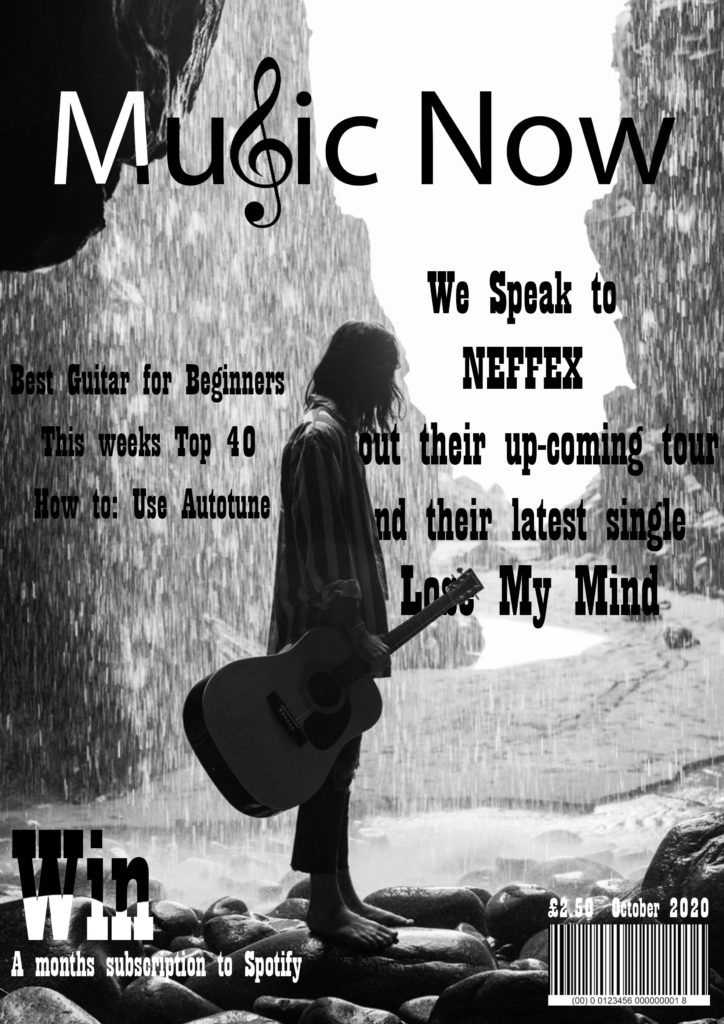
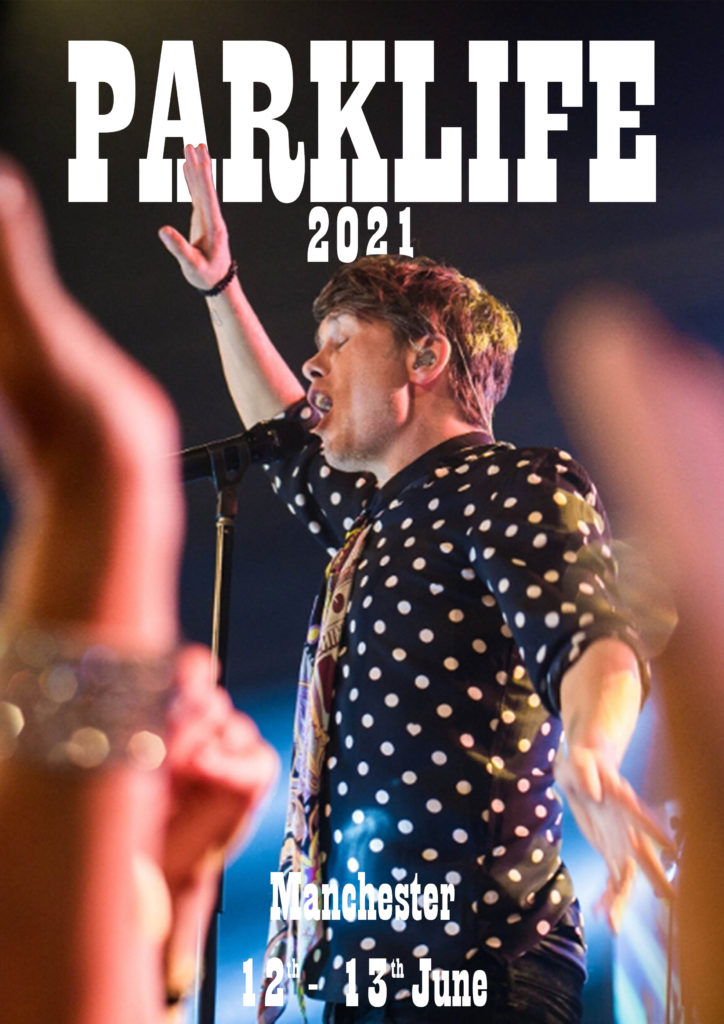
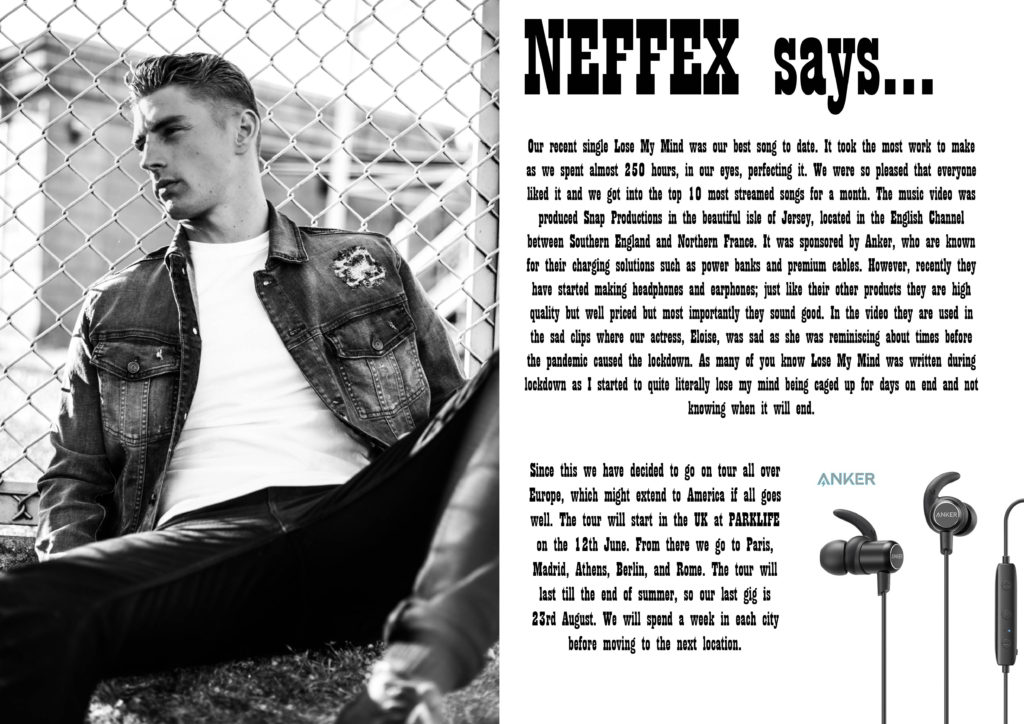
The Daily Mail is a national daily tabloid newspaper that has historical, social, cultural and political significance. The i and the Daily Male operate within contrasting political and economic contexts with clear differences in style, address, ideological viewpoint and target audience.
The Daily Mail, launched in 1896 offers many opportunities for studying the relationship between ownership patterns, economic factors and political viewpoints. The history of the Daily Mail provides many examples of the paper’s political influence including some high-profile clashes between the paper and its political opponents.
In the context of declining print sales for all newspapers, the Daily Mail has been relatively successful, particularly by embracing the opportunities of digital technology, adjusting its style to an evolving target readership and by adopting popular campaigns.
Interestingly, in 2017 Wikipedia banned the Daily Mail as ‘unreliable’ source (along with Fox News, Russia Today and others)
It launched Daily Mail Online in 2003. It is also known as dailymail.co.uk. It is a division of DMG Media, which is owned by Daily Mail and General Trust plc. It is the most visited English-language newspaper website in the world, with over 11.34m visitors daily in August 2014.Globally the site was forecast to reach £60m in advertising sales in the year to September 2014, up 49%. £35m has been invested in creating the site. The site has introduced sponsored articles, with a guarantee of 450,000 page views at a cost of £65,000 per article
Previously, there was an attempt to call into question the integrity of the website’s journalism after NewsGuard’s feature which is designed to fight what it describes as ‘fake news’, Microsoft Edge warned users against trusting content at the site, asserting that “this website generally fails to maintain basic standards of accuracy and accountability” and “has been forced to pay damages in numerous high-profile cases”. This warning has since been removed with Newsguard apologizing saying We were wrong. Also, stating that the website “generally maintains basic standards of accuracy and accountability”
The Public Sphere is a theory by Habermas where people can come together to freely discuss problems within society.
Curran and Seaton write about how the media should be free from interference or political control so they are neutral, transparent.
Chomsky talks about ownership and how mass media forms are large corporations or even conglomerates. He says how every business has the same goal which is money/profit. He says that every company puts profit as their first priority over everything else.
Althusser created the theory of the ideological state apparatus (ISA) to describe the structure of complex relationships in society.
He argues that the ideological state apparatuses (ISA) are the sites of ideological conflict among the social classes of a society. That, in contrast to the repressive state apparatuses (RSA), such as the military and the police forces, the ISA exist as a plurality. While the ruling class in power can readily control the repressive state apparatuses, the ISA are both the sites and the stakes (the objects) of class struggle. Moreover, the ISA are not monolithic social entities, and are distributed throughout the society, as public and as private sites of continual class struggle.
Althusser said the ideological apparatuses of the state are over-determined zones of society that complex elements of the ideologies of previous modes of production, so the sites of continual political activity in a society. Which are:
Hegemony is a tug of war for power and that the balance of power can be changed.
In terms of cultural forms, Frantz Fanon on ‘national culture’ said “From America, black voices will take up the hymn with fuller unison. The ‘black world’ will see the light”. Gramsci comments how certain cultural forms predominate over others, which means that certain ideas are more influential than other, post colonialism articulates a desire to reclaim, re-write and re-establish cultural identity and thus maintain power of The Empire.
Gramsci came up with the theory of cultural hegemony. Cultural hegemony is the domination of a culturally diverse society by the ruling class which manipulates the culture of that society so that the ruling-class view becomes the accepted norm.